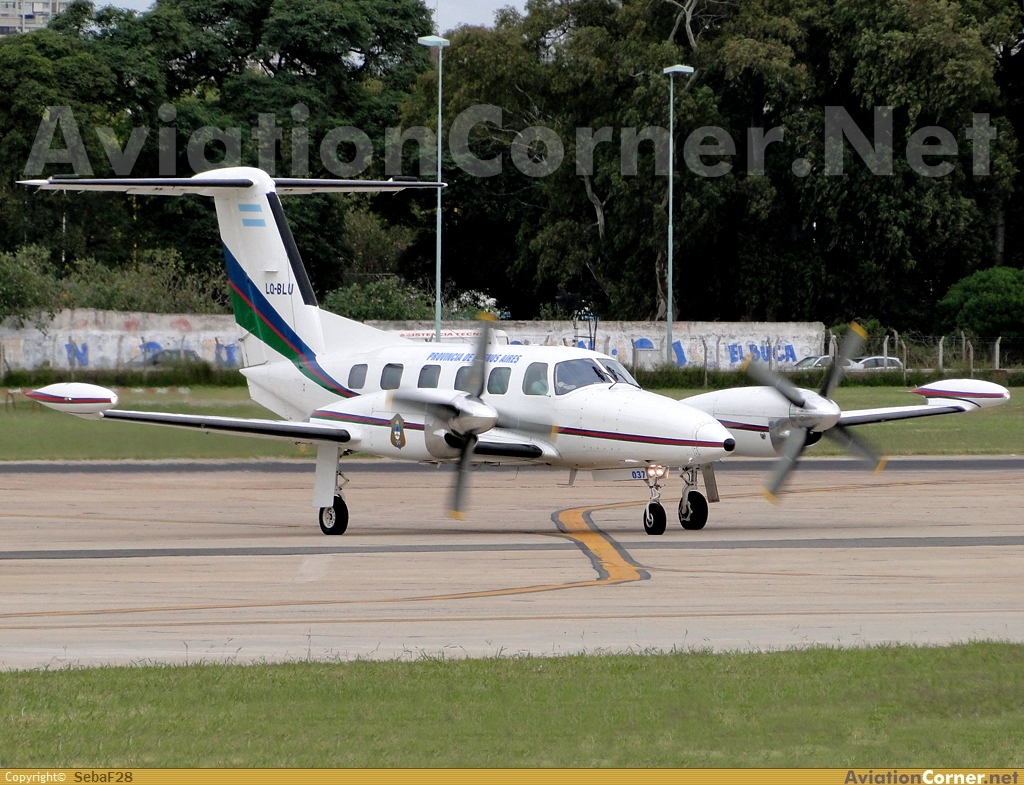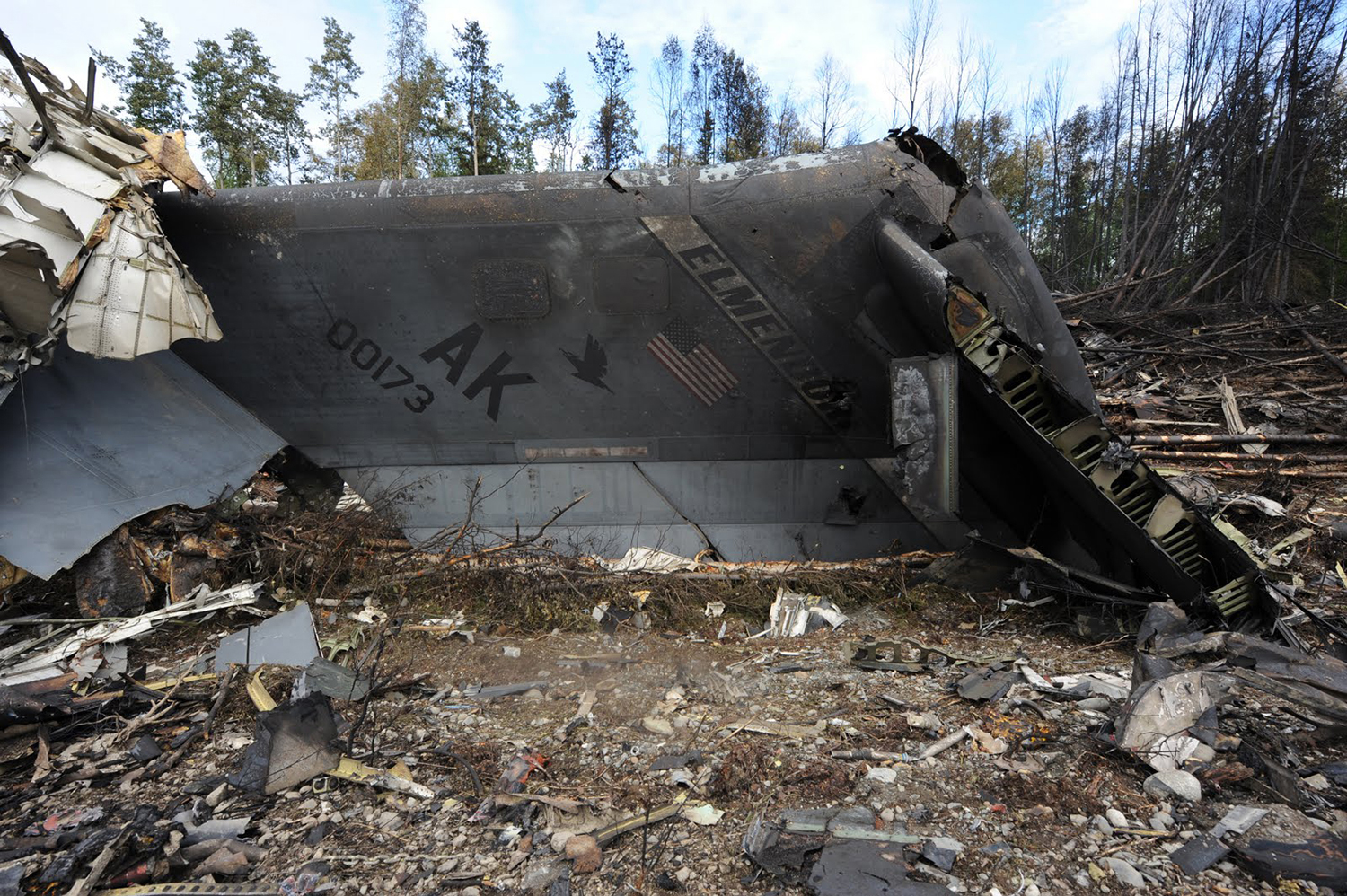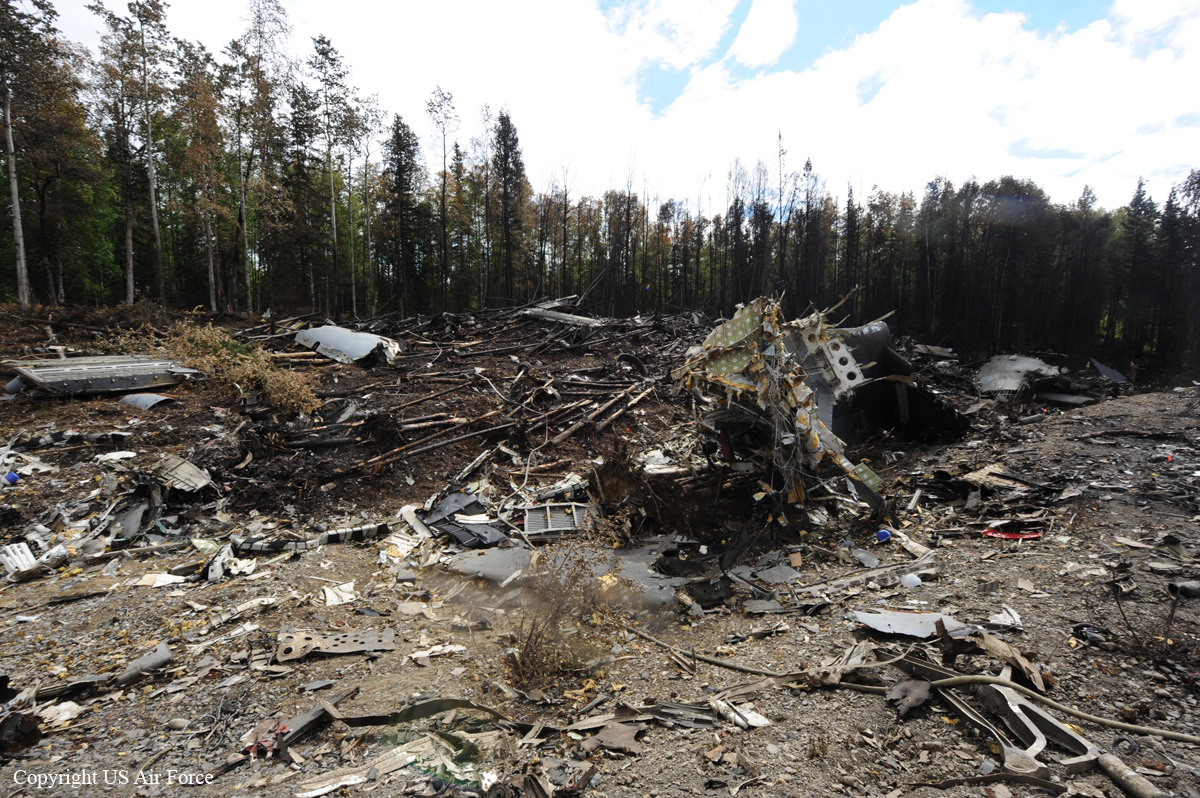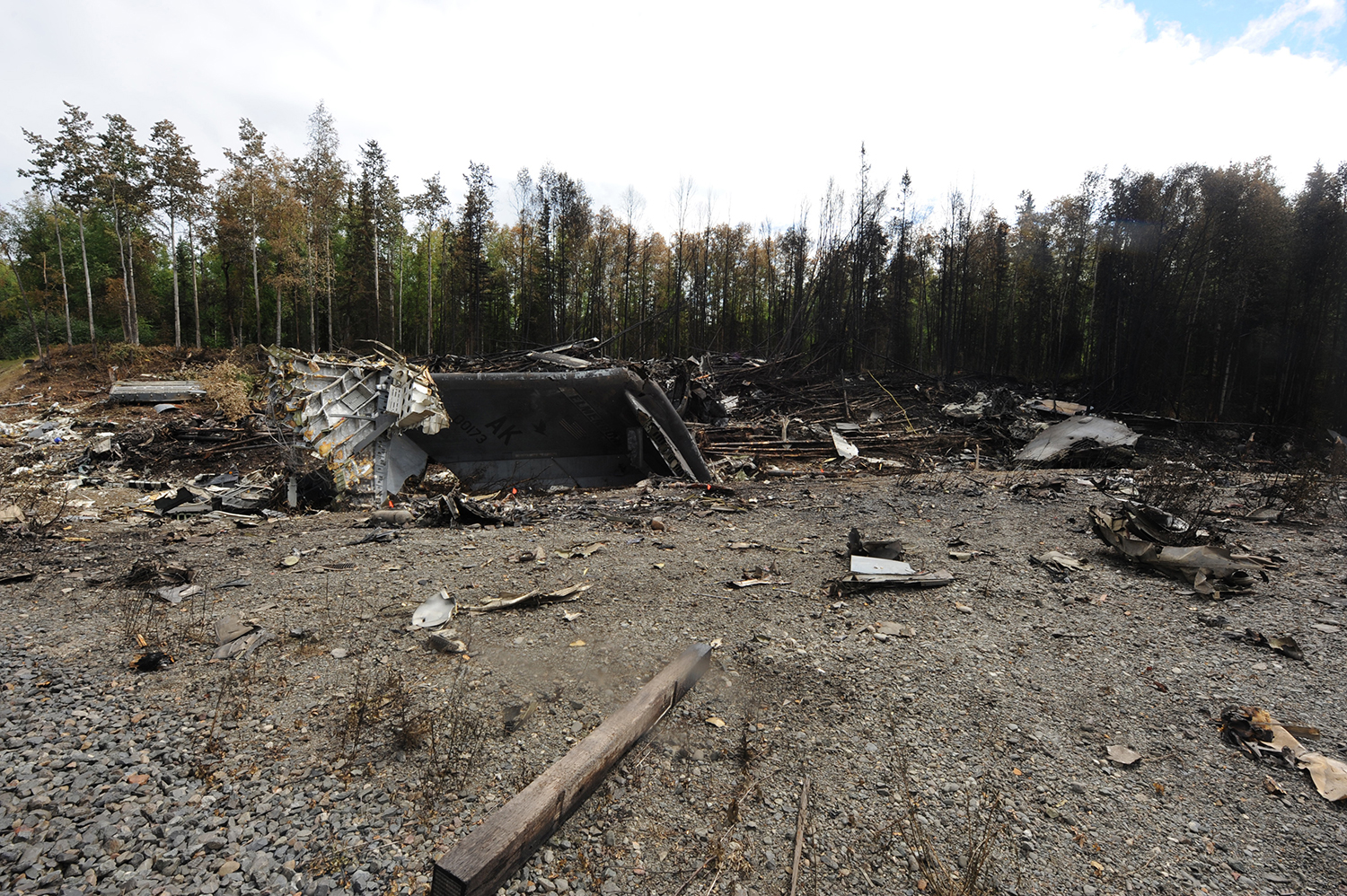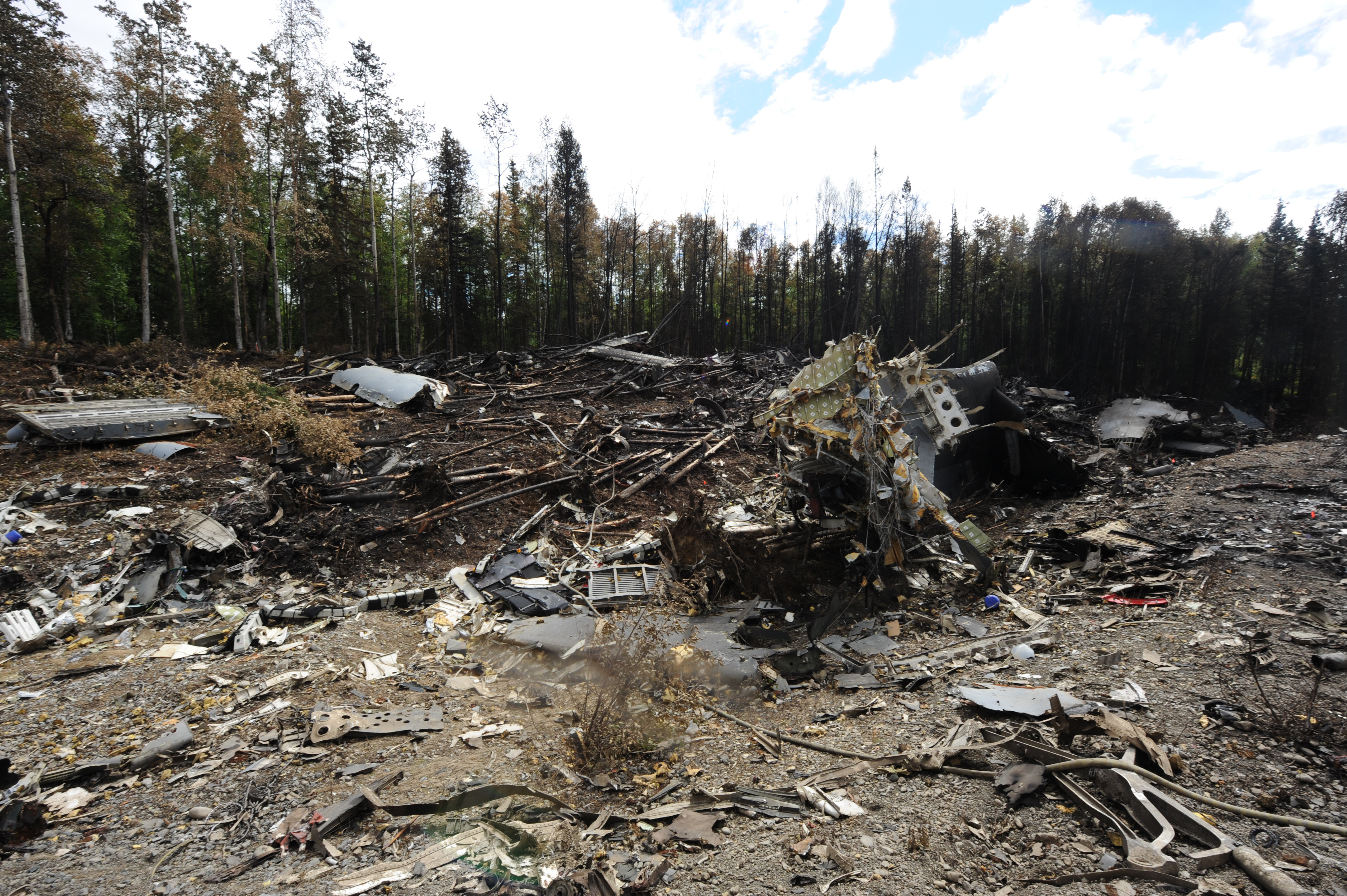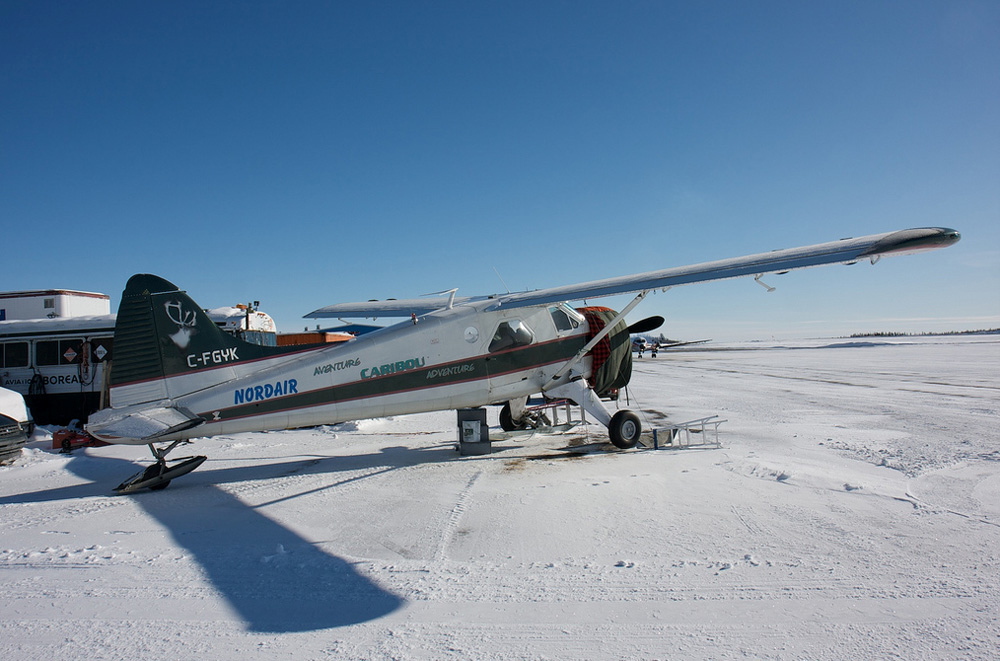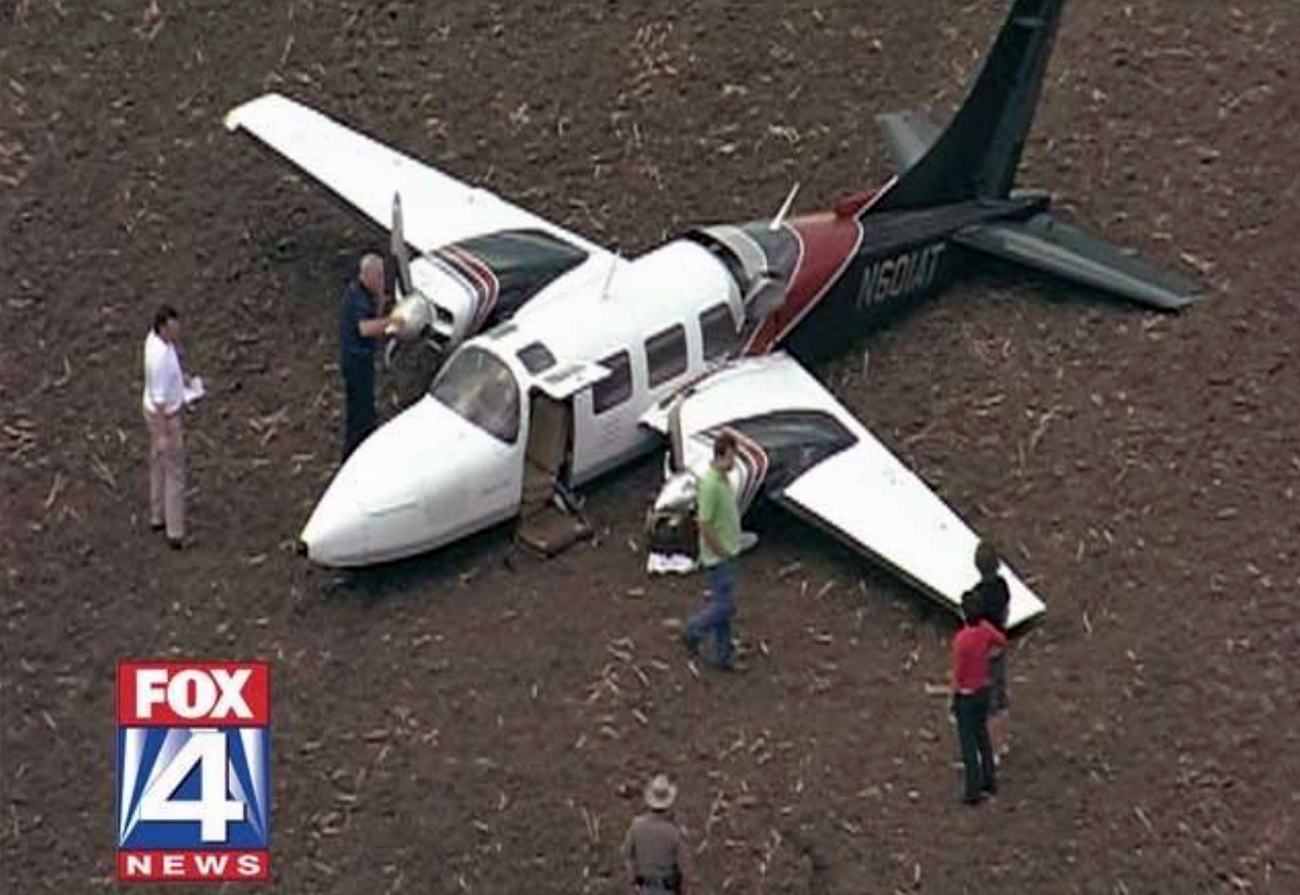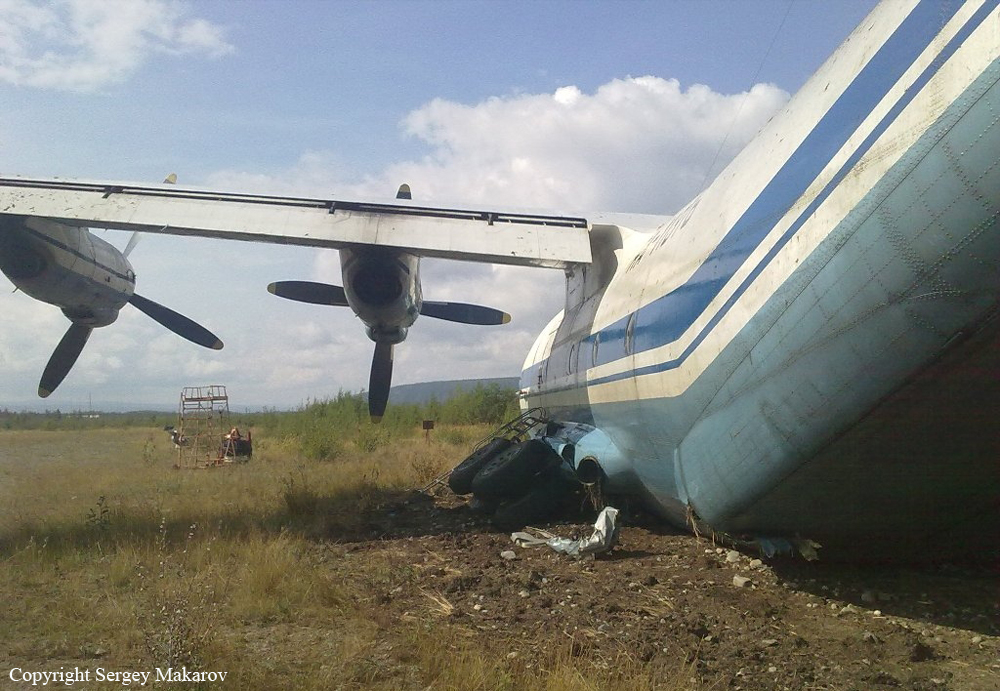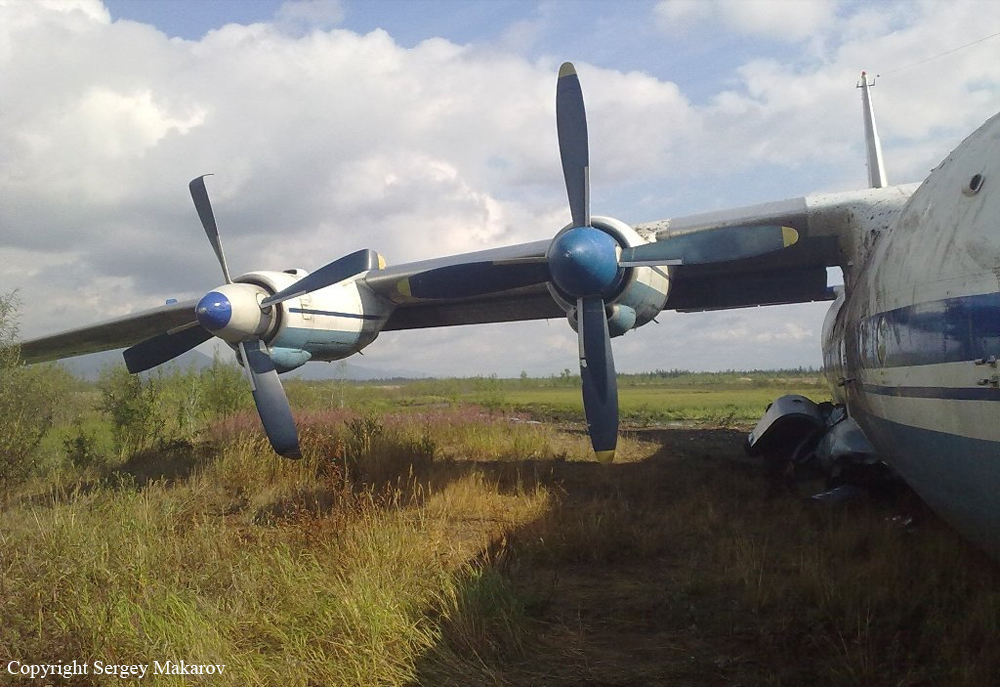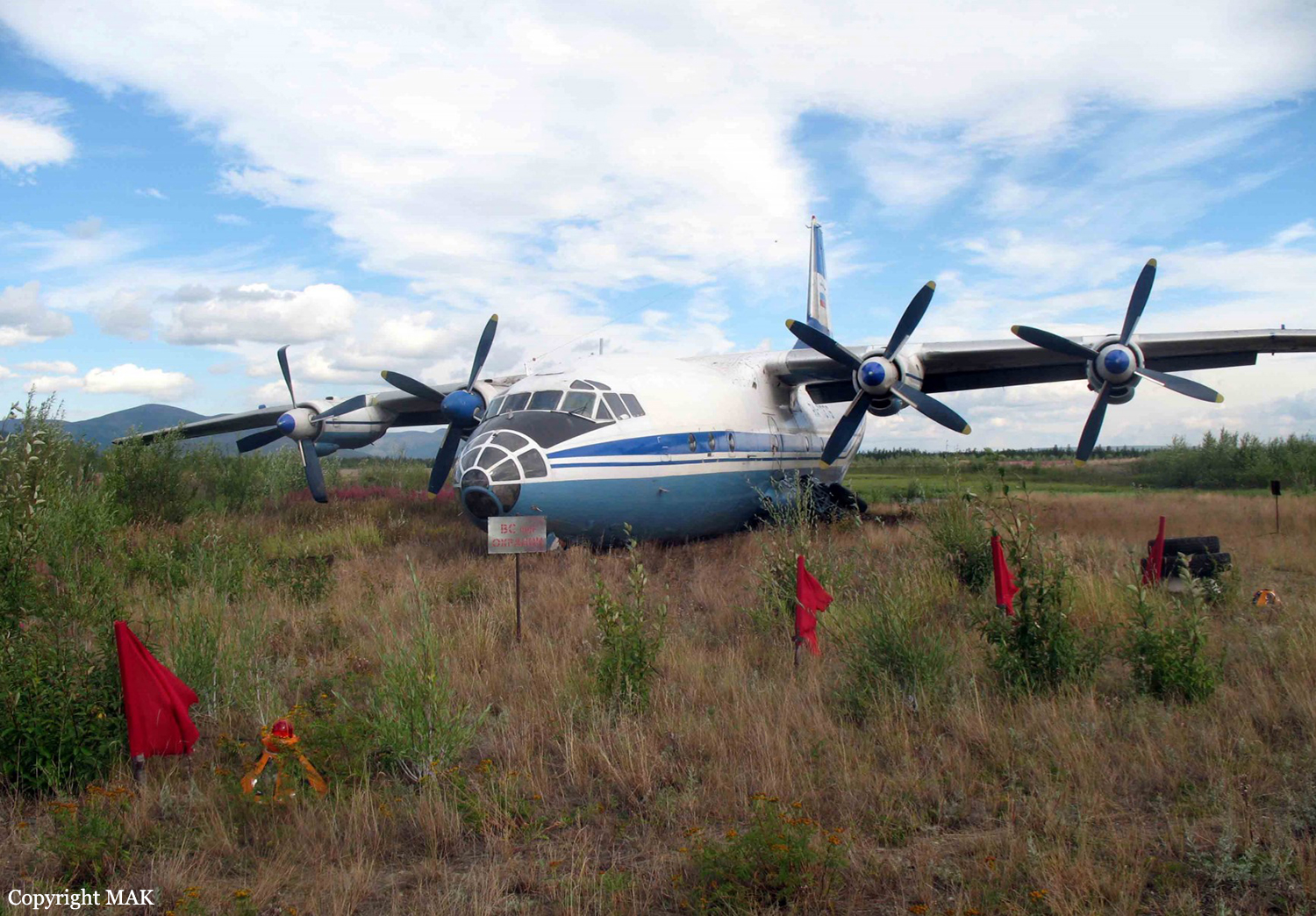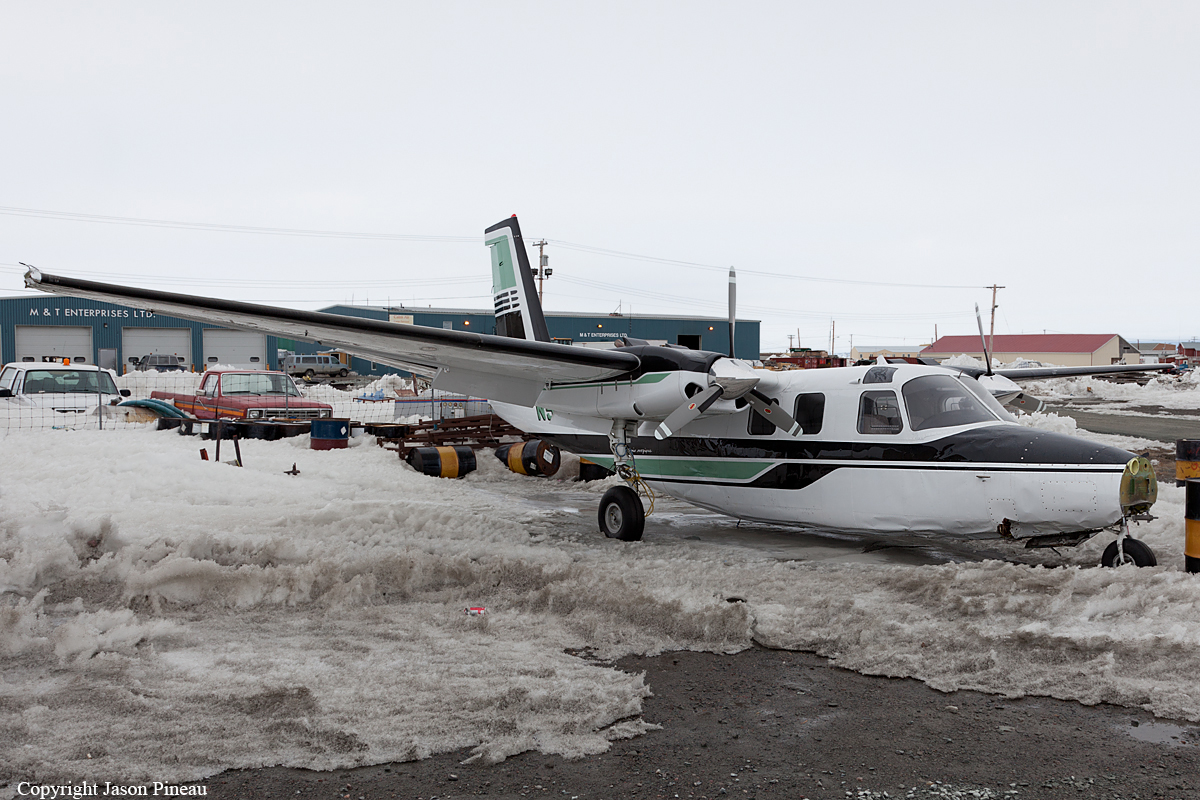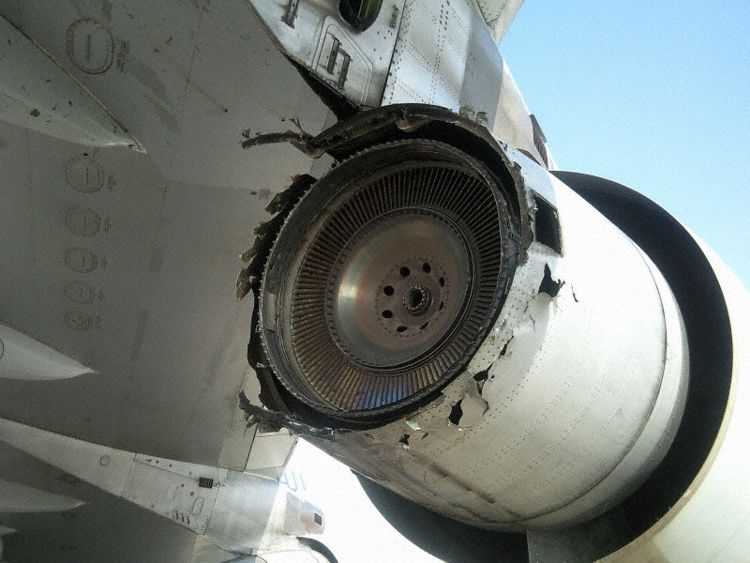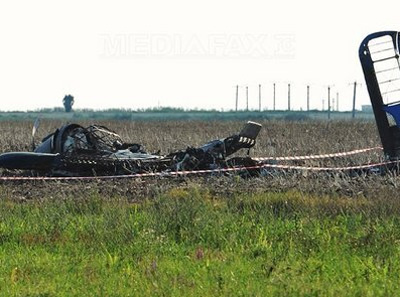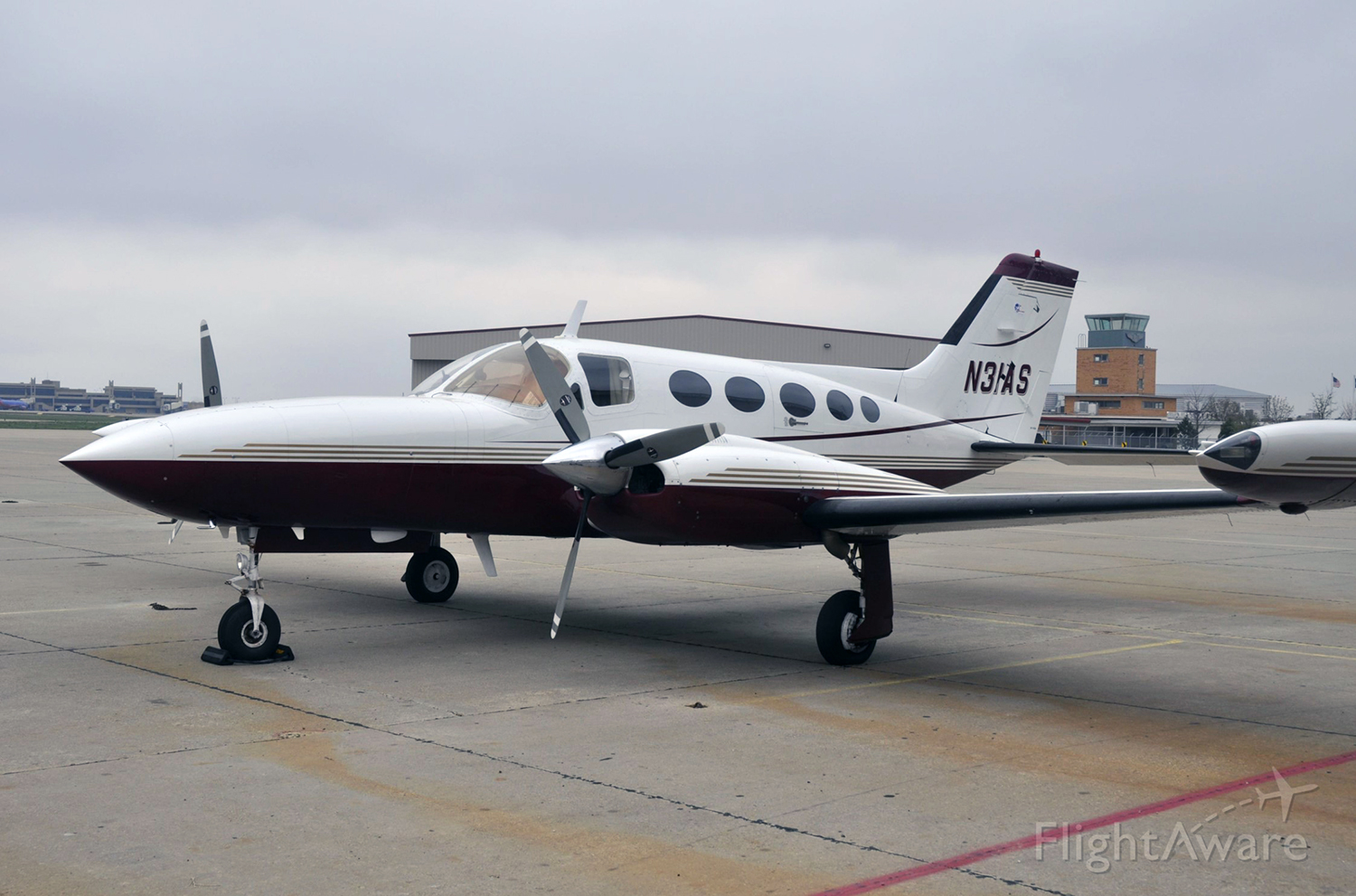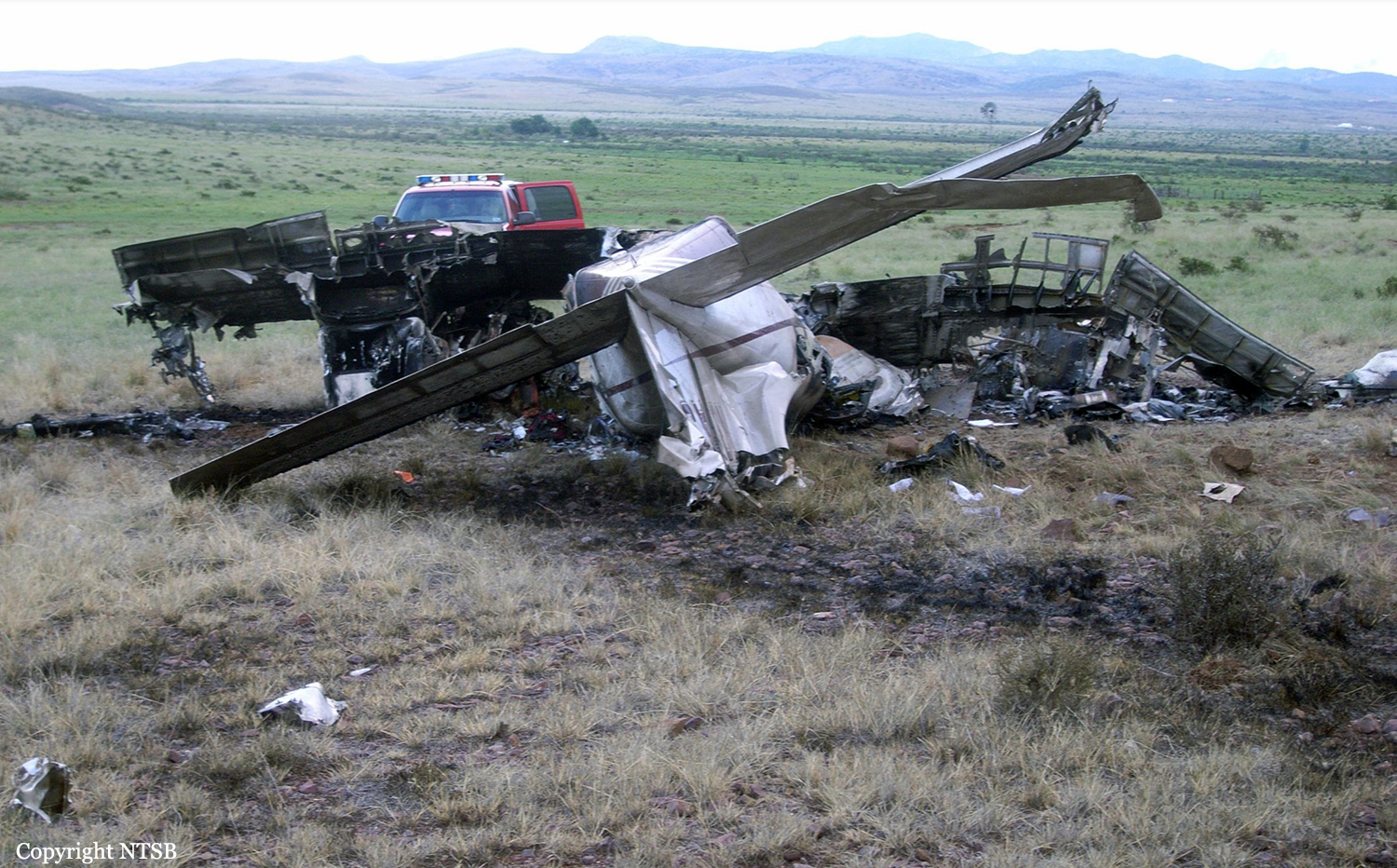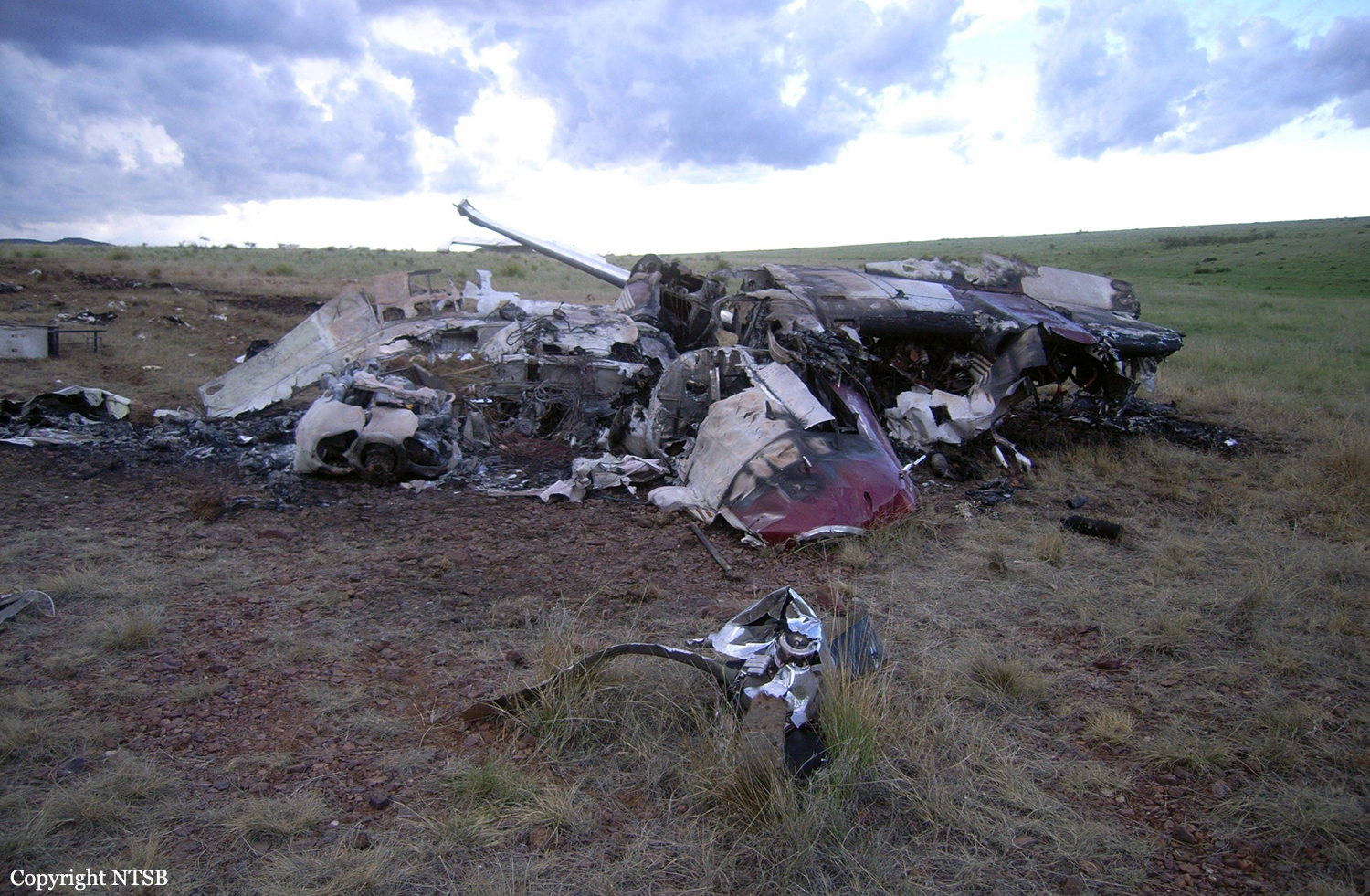Crash of a Piper PA-42-1000 Cheyenne 400LS in Mercedes
Date & Time:
Aug 13, 2010 at 1530 LT
Registration:
LQ-BLU
Survivors:
Yes
Schedule:
Mercedes - La Plata
MSN:
42-5527037
YOM:
1987
Crew on board:
2
Crew fatalities:
Pax on board:
2
Pax fatalities:
Other fatalities:
Total fatalities:
0
Captain / Total hours on type:
390.00
Copilot / Total hours on type:
14
Aircraft flight hours:
1526
Circumstances:
During the takeoff roll on runway 19 at Mercedes Airport, the twin engine aircraft deviated to the right then to the left. Control was lost and the aircraft veered off runway to the left, lost its undercarriage and came to rest in bushed with its left wing partially torn off. All four occupants escaped uninjured while the aircraft was damaged beyond repair. Both passengers were Ricardo Casal, Minister of Justice and Security, and Maria del Carmen Falbo, Attorney.
Probable cause:
Loss of control during takeoff following the crew's decision to perform the operation outside of the procedures established in the flight manual. The overconfidence of the crew as well as the operation of both engines at low regime were considered as contributing factors.
Final Report:
